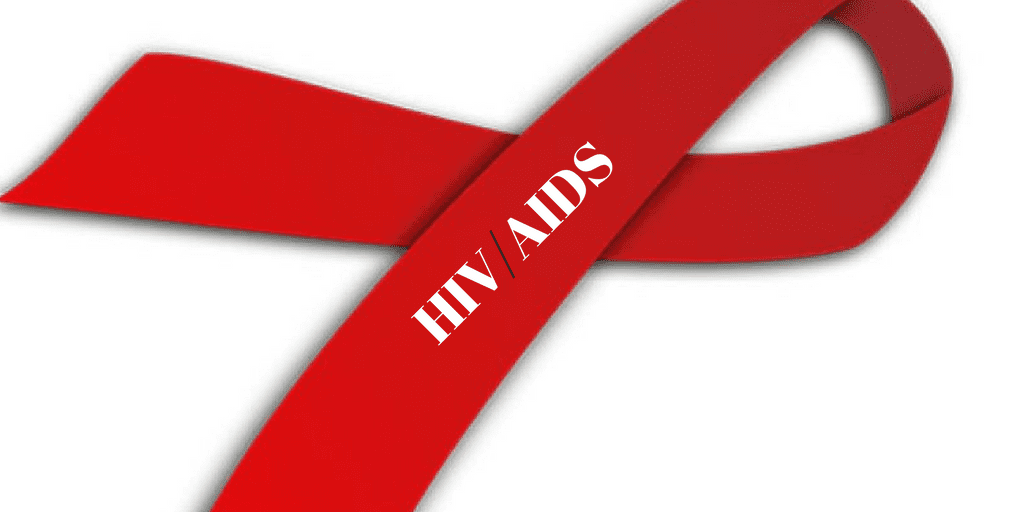HIV is a silent killer that is claiming the lives of hundreds of thousands of people globally on an annual basis.
The human immunodeficiency virus (HIV) is a sexually transmitted disease. It is a virus that attacks cells that help protect the body from infection. HIV makes a person more vulnerable to other infections and diseases.
If not treated, HIV can lead to the disease AIDS (acquired immunodeficiency syndrome). The Acquired immunodeficiency syndrome (AIDS) is a chronic, potentially life-threatening condition caused by the human immunodeficiency virus (HIV). By damaging the body’s immune system, HIV interferes with the body’s ability to fight the organisms that cause disease.
The symptoms of AIDS are Fatigue; Weight loss and Forgetfulness. In a bid to reduce the risk posed by HIV/AIDS, the United Nations General Assembly adopted a resolution on June 8, 2016, to fast track and accelerate efforts of the international community towards ending the
AIDS epidemic by 2030.
World AIDS Day offers an important platform to highlight the role of communities in the fight against AIDS at a time when reduced funding and a shrinking space for civil society are putting the sustainability of services and advocacy efforts in jeopardy. According to the United Nations, greater mobilization of communities is urgently required to address the barriers that stop communities delivering services, including restrictions on registration and an absence of social contracting modalities.
The strong advocacy role played by communities is needed more than ever to ensure that AIDS remains on the political agenda, that human rights are respected and that decision-makers and implementers are held accountable.
Prevalence of AIDS in Liberia
In 2016, Liberia had an estimated 2,900 new HIV infections and 2,800 AIDS-related deaths. There were 43 000 people living with HIV in 2016, and of this number, only an estimated 19% had access to antiretroviral therapy. Among pregnant women living with HIV, about 70% were accessing treatment or prophylaxis to prevent transmission of HIV to
their children.
An estimated 500 children were newly infected with HIV due to mother-to-child transmission. Among people living with HIV, approximately 13% had suppressed viral loads.
According to studies the key populations most affected by HIV in Liberia are:
• Gay men and other men who have sex with men, with an HIV prevalence rate of 19.8%.
• People who inject themselves with drugs, with an HIV prevalence of 3.9%.
Since 2010, new HIV infections have decreased by 28%, while AIDS-related deaths have increased by 20%. According to studies, HIV victims experience a devastating life in Liberia due to extremely high levels of HIV- and Aids-related stigma and discrimination.
Many families and communities demonstrate non-accepting attitudes and abandon their sick relatives. Also, poor access to appropriate healthcare, treatment and support are extremely
challenging, significantly impacting the quality of life and survival of victims.
The widespread poor livelihood conditions make it more difficult for people living with HIV and affected family, especially children, to ensure a nutritious diet. According to an advocate, “In my experience since 2004, poor access to treatment is the biggest challenge for people living with HIV.
The healthcare system collapsed during the civil war, including HIV prevention, care and treatment services. In Grand Bassa County, for instance, there is only one government hospital offering HIV services, such as antiretroviral (ARV) treatment and counselling.”
Many people with HIV travel for hours on foot or spend up to 1,000 Liberian dollars ($14) to get to the nearest clinic to access AIDS treatment, in a country where most people live on less than dollar a day. Widespread poverty and lack of livelihood opportunities mean that
many cannot afford proper nutrition to supplement their medications, and as a result struggle to comply with treatment regimens.
The government, with the support of partners, is working to prevent the spread and impact of HIV and Aids. Accessing the Global Fund is a big step towards achieving this. Since 2006, the Ministry of Health has increased the number of HIV treatment sites, from three in 2006 to
34 in 2011.
International NGOs such as Concern Worldwide, working with local NGOs and local government, are making positive strides in areas such as psychosocial care, livelihood and nutrition support to people with HIV, as well as raising awareness of HIV to support prevention and tackle stigma.
These holistic approaches are achieving real changes in the lives of those living with HIV. Despite these positive steps, there is still a long road ahead. There are more than 53,000 adults living with HIV and Aids in Liberia, but only 7,000 receive care and 4,000 on ARVs.
The 2010 report of the National Aids Control Programme also reported 1,300 new infections. This indicates that a lot still needs to be done to achieve MDG6 (Millennium Development Goal 6), given the limited capacity of the health system to deliver HIV services. .
TSS/abj/APA


